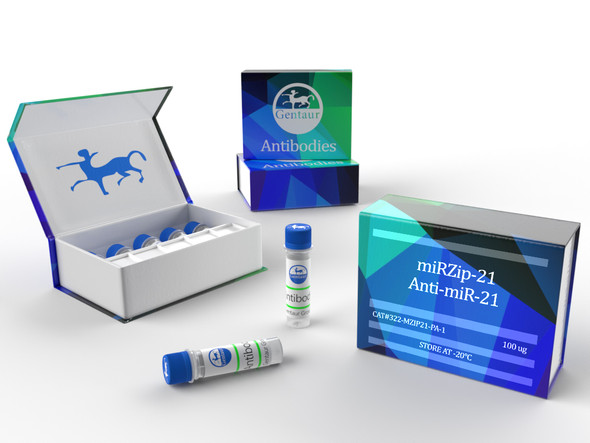Zip Medical
Zip 24 Surgical Skin Closure Device
- SKU:
- 7616
- Availability:
- Immediate shippement after your order. Less than 24h delivery
Description
Zip 24 Surgical Skin Closure Device

Zip skin closure
- Zip can only replace the skin closure layer for sutures or staples with incision widths of 5mm or less.
- Non-invasive wound closure device able to replace staples, sutures and glue for lacerations and surgical incisions.*
- 2x better cosmetic appearance than sutures
- 3x faster application than sutures2
- 12x greater skin-holding strength than sutures3
- Designed for a better skin suture experience
Key benefits
• Greater range of motion compared to staples at 2 weeks post-op4
• Easier and faster application compared to staples2,9
• Less painful than staples and sutures5,8
• Better cosmetic appearance1
• Fewer wound complications6
• No added pathways for bacteria
• Leaves skin barrier intact
Four different lengths
Zip comes in four different lengths to accommodate the needs of various procedures and specialties. You can also trim, cut, and combine Zip for all types of incisions.
- Zip 4 For closure of incision up to 4 cm in length
- Zip 8i For closure of incision up to 8 cm in length
- Zip 16 For closure of incision up to 16 cm in length
- Zip 24 For closure of incision up to 24 cm in length
PRELOC Technology
Incision Isolation Zone
The force distribution system is designed to provide uniform closure forces as well as create an isolation zone around the incision to protect it from patient-induced distraction forces.
Dynamic compression
The integrated linkage in the Zip device is designed to provide dynamic compression during axial incision extension. Patient’s movement can cause the incision to extend along its length.
The Zip device gently compresses the incision during axial extension, allowing a secure wound closure during the wound healing process.
• 21 peer reviewed study publications, demonstrating clinical and economic benefits
• 30 countries and over 600,000 cases
• 9 issued patents
How to Apply the Zip non-invasive skin closure device?
Zip
Surgical Skin Closure
ZipLine medical
Post-Surgical Care and Removal
Guide for Healthcare Providers
• Wound Dressing Removal
• Wound Dressing Replacement
• Zip Device Removal
• Frequently Asked Questions
Non-Invasive Skin Closure Replacement for
Sutures and Staples
Non-invasive application
leaves healthy skin barrier
intact
Optimal scar formation with precise approximation Engineered with strength
and flexibility for maximum patient comfort.
Superior Protection Isolates Wound From Distraction Forces
Wound Dressing Removal and Replacement
Dressing adhesive must not contact ANY part of the Zip
Wound Dressing Removal
• Peel the dressing starting from one corner in the direction of the
incision
• The Zip should remain completely adhered to the skin. If the Zip
lifts with the dressing, cautiously stop, release the Zip from the
dressing and proceed to remove the dressing.
Wound Dressing Replacement
• When placing a fresh dressing over the Zip, keep the dressing
adhesive clear of the Zip. Dressing adhesive should not contact
any part of the Zip, including the transparent outer skirt.
• The Zip Dressing Shield or a non-stick pad (such as Telfa) may be
placed over the Zip device prior to placing a new dressing on the incision.
Adhesive-Based Closure Provides Tension to Bring and Hold Skin Edges Together
NOTE: The Zip Dressing Shield, a sacrificial layer used to
protect the Zip upon dressing removal, should be removed
along with the dressing. This is normal.
Zip Surgical Skin Closure Device Removal*
Follow These Steps for Peel-off Removal
2 Hold the skin next to the Zip down as it is lifted from the
skin. Avoid pulling across the incision.
• For aid in removal, baby oil or medical adhesive remover
can be used. Moisten a cotton ball or gauze with the
agent and swipe along the edge of the Zip device as it
peels off the skin.
NOTE: The Zip may break into separate pieces as you
remove it. This is normal.
Lift a corner of the Zip and slowly peel it in the direction
of the incision.
Once removed, discard the Zip.
• Adhesive residue (“sticky stuff”) may remain on the skin.
This can be removed with baby oil or medical adhesive
remover.
NOTES:
Important Care Tips for Patients with the Zip
Frequently Asked Questions
How long should the device be left on the wound/incision?
Patients should be advised that the device will need to remain in place until the wound/incision is properly
healed (typically 7-14 days). Device removal time should be based on physician’s judgment.*
The ends of the straps keep sticking to the dressing. What can I do about it?
The straps can be trimmed close to the lock during dressing changes to prevent snags, as long as the strap
stays locked keeping the incision closed.
Can the ZIPLINE device get wet?
Yes, the device can get wet in the shower if device is not under constant water pressure. Patient should not swim or
soak in a bath with the device.*









